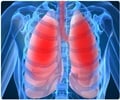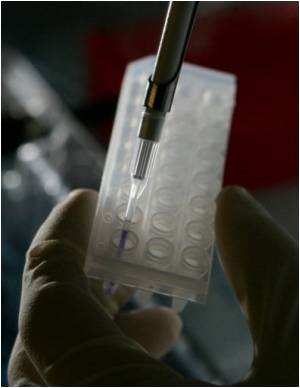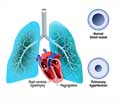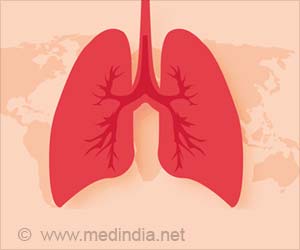German scientists gained fresh insight into how emphysema and chronic obstructive pulmonary disease (COPD) develops.
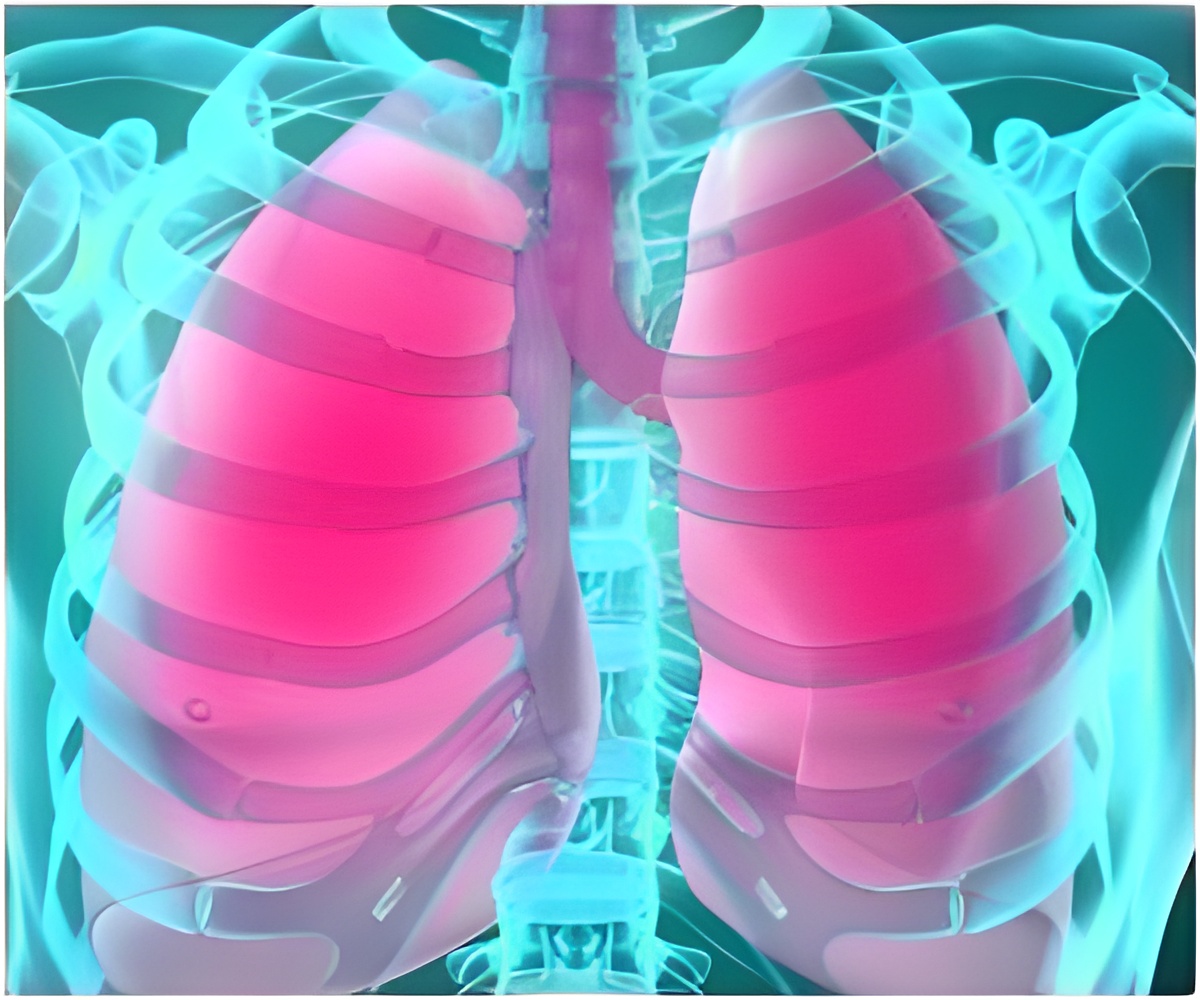
It's not for lack of interest, he said. In fact, COPD, including chronic bronchitis and emphysema, is expected to become the third-greatest cause of death worldwide by the year 2020. In addition to airway inflammation and decreased of respiratory function, COPD is often accompanied by pulmonary hypertension, which is essentially high blood pressure in the lungs. Whether this condition was a cause or a consequence of COPD was not known.
Now, with powerful mouse models of COPD, Weissman and colleagues provide evidence that changes to the pulmonary blood vessels and the development of high blood pressure precede the development of emphysema. They further trace those effects to an inducible form of an enzyme known as nitric oxide synthase (iNOS), which catalyzes the formation of nitric oxide.
Nitric oxide (NO) and the nitric oxide system are important for opening up blood vessels and maintaining vascular tone, Weissman said. When nitric oxide levels grow too high, however, the molecule can undergo a chemical reaction forming aggressive peroxynitrite.
"Simply put, peroxynitrite can modify protein functions, leading to the destruction of lung tissue," Weissman said.
It appears this is exactly what happens in the development of emphysema. Mice lacking the iNOS enzyme were protected from both emphysema and pulmonary hypertension. Importantly, existing pharmacological agents can block iNOS activity, and mice treated with one of these drugs were protected from COPD-like changes to their lung vasculature. Treatment with the inhibitor also successfully reversed the course of the disease in the mice.
Advertisement
The iNOS inhibitor used in these studies has already been used in clinical trials with apparently no major side effects, Weissman says. He and his team plan to pursue use of the drug as an inhaled therapy, with the hope that it may reach therapeutic concentrations only where it is needed


